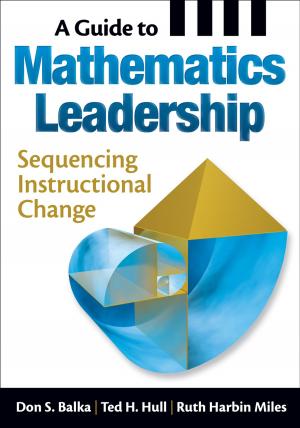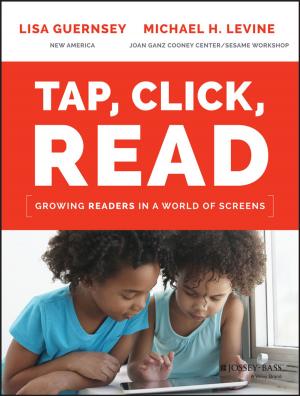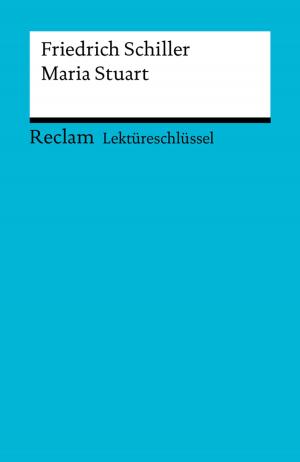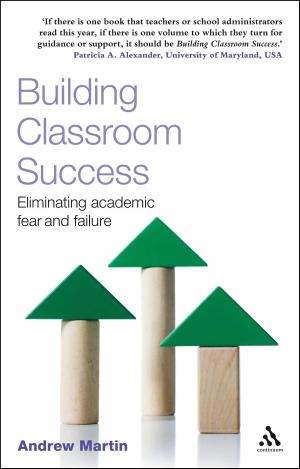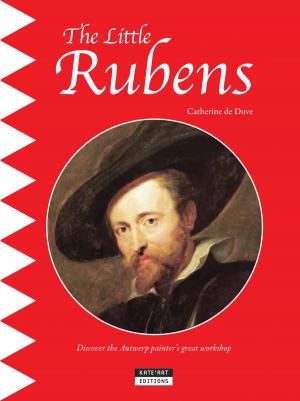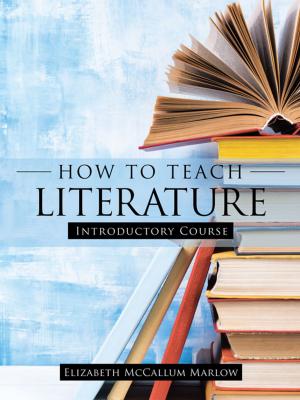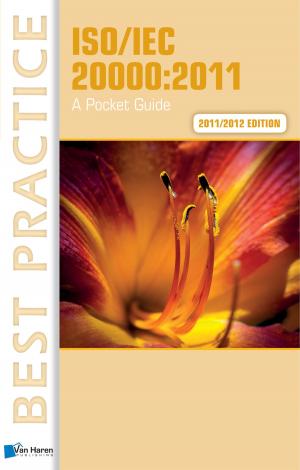Hexagon Number Sense
Nonfiction, Science & Nature, Mathematics, Algebra, Reference & Language, Education & Teaching, Educational Theory, Curricula, Teaching, Teaching Methods| Author: | Christopher Casey | ISBN: | 9781507019795 |
| Publisher: | Christopher Casey | Publication: | February 17, 2015 |
| Imprint: | Language: | English |
| Author: | Christopher Casey |
| ISBN: | 9781507019795 |
| Publisher: | Christopher Casey |
| Publication: | February 17, 2015 |
| Imprint: | |
| Language: | English |
Understanding how numbers go together and come apart, how number operations are related to each other: number sense, is key to students' comprehension of higher levels of mathematics. Using these materials will help students see the interconnectedness of numbers, as well as giving them practice manipulating numbers.
For each hexagon, any two numbers can be given, and the other numbers can be found. The simplest case is to give the x and y number and then students follow the operations (see thumbnail for examples). However, this can become more difficult if only x or y is given, plus one other hexagon. The most difficult case is giving any two hexagons except x or y. In addition, the hexagon can be used for whole numbers, integers, decimals, fractions, and even algebra.
These materials can be used from third grade through middle school, depending on the level of difficulty and the type of numbers involved. There is consistency throughout though because any relationships between the hexagons exist for all levels and all types of numbers.
You can use these as homework dittos, classroom activities, or a one a day warm up problem on the board or overhead.
Understanding how numbers go together and come apart, how number operations are related to each other: number sense, is key to students' comprehension of higher levels of mathematics. Using these materials will help students see the interconnectedness of numbers, as well as giving them practice manipulating numbers.
For each hexagon, any two numbers can be given, and the other numbers can be found. The simplest case is to give the x and y number and then students follow the operations (see thumbnail for examples). However, this can become more difficult if only x or y is given, plus one other hexagon. The most difficult case is giving any two hexagons except x or y. In addition, the hexagon can be used for whole numbers, integers, decimals, fractions, and even algebra.
These materials can be used from third grade through middle school, depending on the level of difficulty and the type of numbers involved. There is consistency throughout though because any relationships between the hexagons exist for all levels and all types of numbers.
You can use these as homework dittos, classroom activities, or a one a day warm up problem on the board or overhead.





